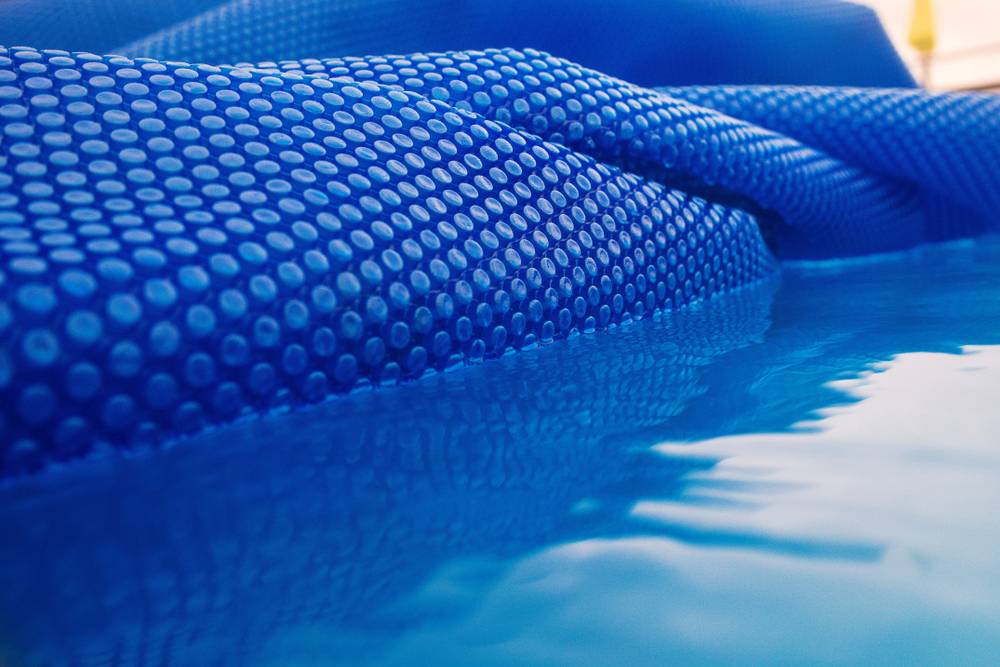I have adhered deposits on mineral in the middle of the pool floor. A little dirty brown too. With a mask on, I see this as raised patchy areas (as opposed to pitting).
I have a long story of our decision to use of decomposable slate as decorative material on walls above waterline. If left undisturbed after rain (winter only here in Cal) it would sit on bottom as MUD. Of course I would never let it get that bad. But center of pool is harder to reach with brush and vacuum, and honestly if someone made me vacuum regularly, I'd have to sell the house. I have had bad work months where pool cleaning and chemistry has been neglected.
Why do I think the slate is part of it? Because I have seen little flecks of it adhere to the bottom and I have had to scrape at them a bit to dislodge them! And pool filter cartridges, upon cleaning in the winter, can be very muddy water (more than your cartridges I'll wager).
The Polaris 280, no matter how I would change up its direction, would/will always choose to clean the floor on the perimeter rather than this central 10-12 feet. BUT there are paths through it like the cleaner had SOME route and frequency through the area.
Q (finally!)
If I work harder at the chemistry (direct me to the TFP page that I need to review?) and I just got a robot yesterday, is it wishful thinking that not only will I reduce further accumulation, but also dissolution is possible?
Or will the answer be using an abrasive and a dive tank, or, draining the pool and acid washing?
If the answer includes vacuuming, I'll be sad. Hopefully a robot is a reasonable replacement for vacuuming. I'll also be sad if you say "no it isn't"
I have a long story of our decision to use of decomposable slate as decorative material on walls above waterline. If left undisturbed after rain (winter only here in Cal) it would sit on bottom as MUD. Of course I would never let it get that bad. But center of pool is harder to reach with brush and vacuum, and honestly if someone made me vacuum regularly, I'd have to sell the house. I have had bad work months where pool cleaning and chemistry has been neglected.
Why do I think the slate is part of it? Because I have seen little flecks of it adhere to the bottom and I have had to scrape at them a bit to dislodge them! And pool filter cartridges, upon cleaning in the winter, can be very muddy water (more than your cartridges I'll wager).
The Polaris 280, no matter how I would change up its direction, would/will always choose to clean the floor on the perimeter rather than this central 10-12 feet. BUT there are paths through it like the cleaner had SOME route and frequency through the area.
Q (finally!)
If I work harder at the chemistry (direct me to the TFP page that I need to review?) and I just got a robot yesterday, is it wishful thinking that not only will I reduce further accumulation, but also dissolution is possible?
Or will the answer be using an abrasive and a dive tank, or, draining the pool and acid washing?
If the answer includes vacuuming, I'll be sad. Hopefully a robot is a reasonable replacement for vacuuming. I'll also be sad if you say "no it isn't"


